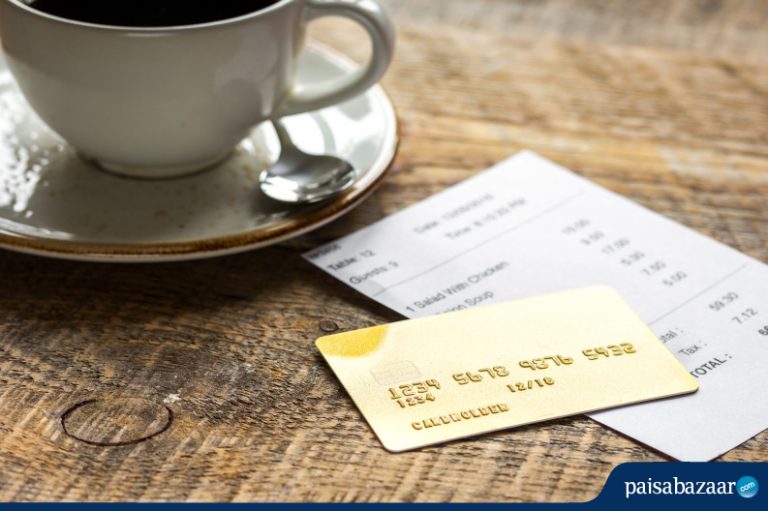

Whenever you make a purchase, withdraw money or even when you dine out, the seller will give you an acknowledgment of the payment in the form of a receipt. Though it may be annoying to look for the important stuff in a purse or wallet full of scrap paper, saving your receipts is, in fact, a good habit. With credit cards, it is even more important to save the receipt as they can be very helpful later. Let us learn how.
Benefits of Saving Credit Card Receipts
Even though many customers regard the credit card receipts as obsolete paperwork, they clearly have a defined role in your finances.
- Receipts Serve as Proof against Unauthorized Transactions
An unauthorized transaction is one that was not performed by the credit cardholder. Although credit cards are very secure nowadays with PIN and OTP verification, the risk of fraudulent transactions still exists. Skimming, phishing and account takeover are some common ways that fraudsters use to steal your credit card details.
To safeguard the interests of the consumer in case of such unauthorized transactions, RBI has devised a guideline on consumer protection that limits the liability of the user. In case of such disputed transactions, the customer service department of your bank will ask you to show the receipt for the respective transaction. In the absence of a receipt, you may lose the case.
Suggested Read: Unauthorized Transactions on Credit Card: What Should You Do?
- Refund
In case you need to return something, you will be required to show the credit card receipt received at the time of purchase of the product. However, having a receipt is certainly the only way for a hassle-free exchange or return and refund of money. At the store, you would usually get two receipts- one from the seller and another from the POS machine for the card transaction. The merchant would only ask for the seller bill at the time of refund/exchange, you should still hold on to both the receipts for any future delay in fund transfer.
- Reimbursements
If you are using a corporate/business credit card of your organization, the amount needs to be reimbursed for which you will need to submit the receipts of payment made. The merchant receipt/invoice would suffice but you should also save credit card receipts to work as proof against any discrepancy.
- Review Charges on Monthly Statements
You can also make use of credit card receipts to review the charges on monthly statements and to avoid any attempt made by the merchants to overcharge.
What Information Does a Credit Card Receipt Include?
A credit card receipt contains the following important details:
Name of the cardholder: The name of the cardholder is mentioned on the credit card receipt to identify the credit cardholder.
Last 4 Digits of the Credit Card Number: The credit card number is usually written with the last four digits of the credit card number in such a format XXXXXXXXXXXX3678.
Merchant’s Details: The name and sometimes the address of the merchant from the where the credit card has made the purchase is also mentioned on the credit card receipt.
Approval/Authorization Code: An authorization code refers to a sequence of letters, numbers, or a combination of both, that validates a person’s identity, approves a transaction or provides access to a secured area
Other Details: Transaction details such as date, time and amount are also mentioned on the credit card receipt
Note: However, earlier one was required to sign the receipt for identification and security purposes, but these days ‘PIN Verified Signature Not Necessary’ is printed on the receipts.